Handwriting practice Normal Alphabet Coloring Pages Worksheets for Ages 5-6
11 filtered results
-
From - To
Discover our engaging Handwriting Practice Normal Alphabet Coloring Pages Worksheets designed specifically for children ages 5-6! These fun and educational resources help young learners develop their writing skills while exploring the exciting world of letters. Each worksheet features beautifully illustrated coloring pages that correlate with letters of the alphabet, making handwriting practice both enjoyable and educational. Your child will enhance their fine motor skills through tracing and coloring, fostering confidence in their writing abilities. Perfect for home or classroom use, these worksheets offer an interactive approach to learning the alphabet, setting the foundation for future literacy success. Get started today!
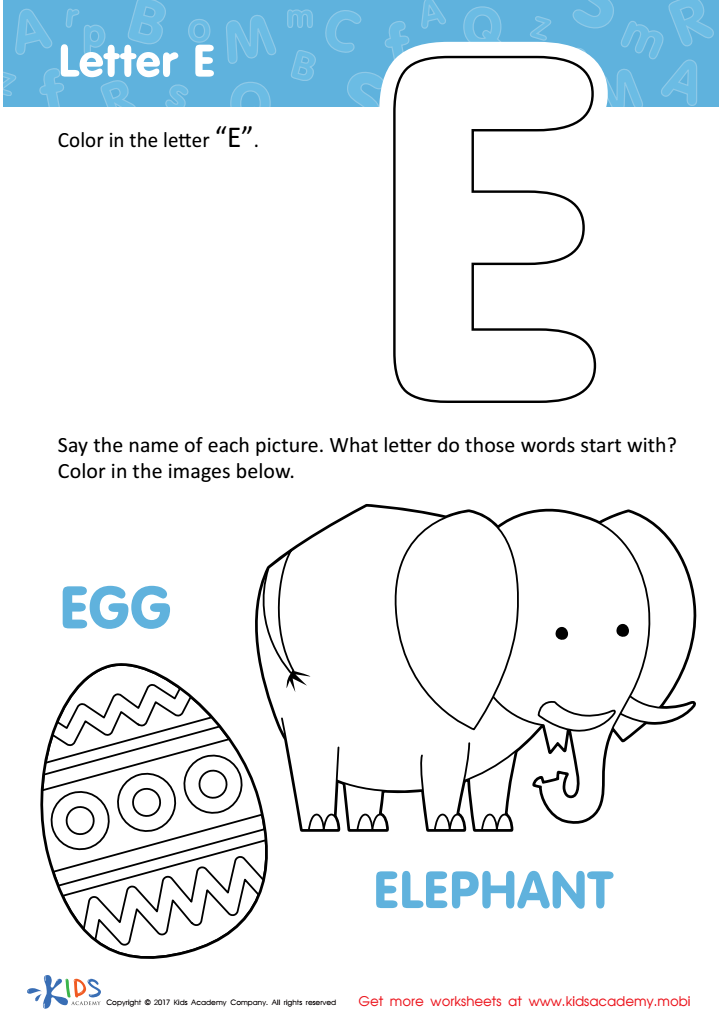

Letter E Coloring Sheet


Letter D Coloring Sheet
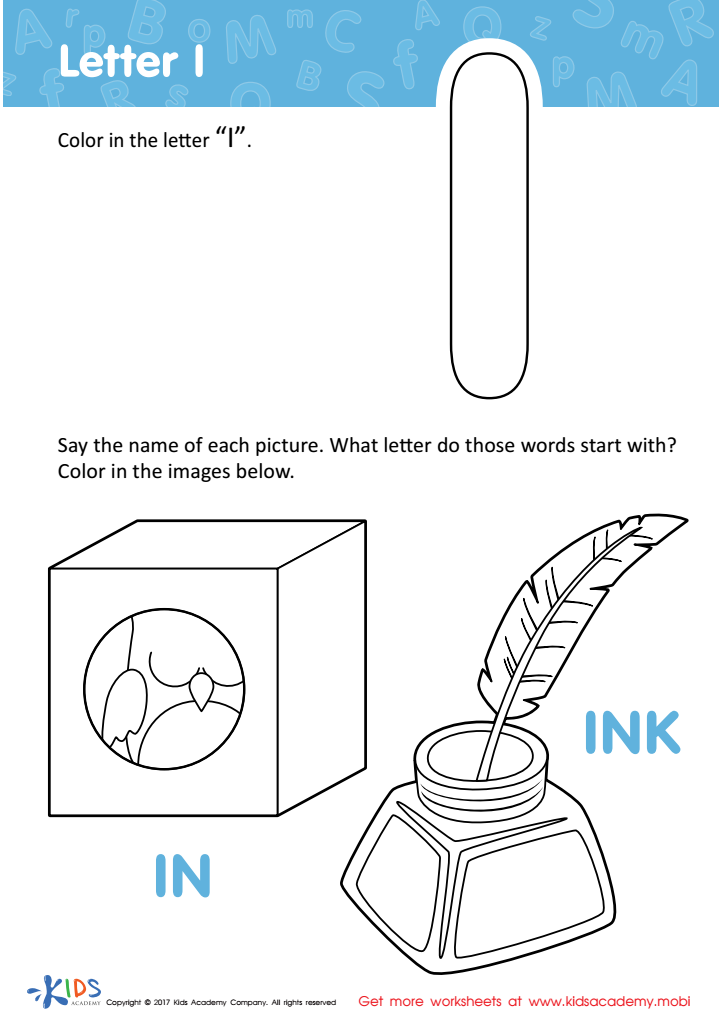

Letter I Coloring Sheet
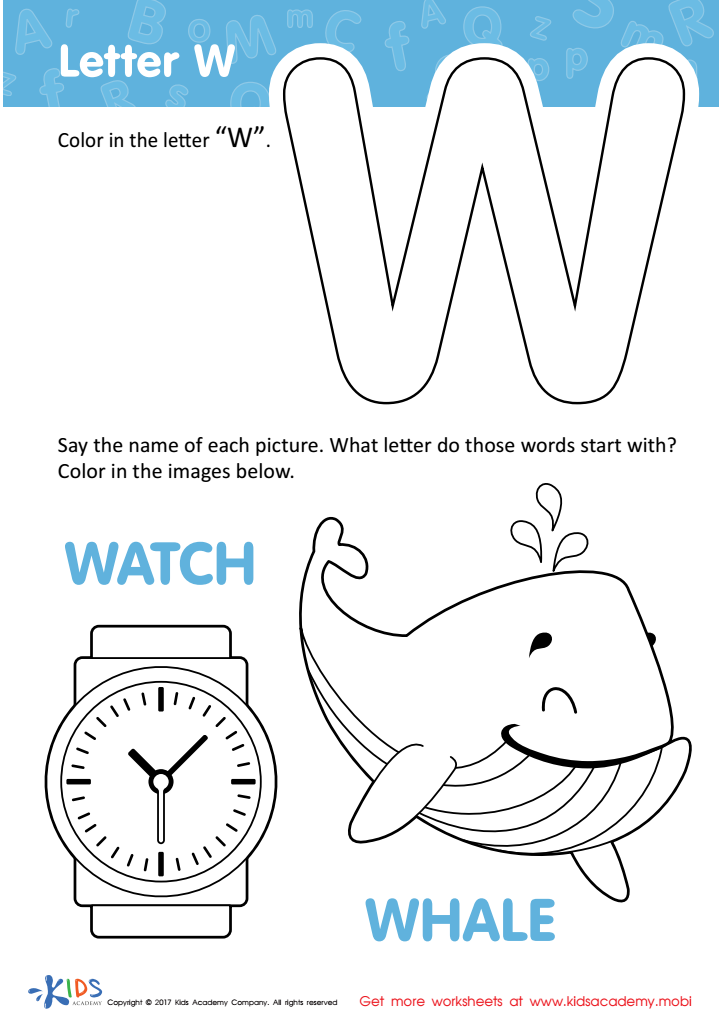

Letter W Coloring Sheet
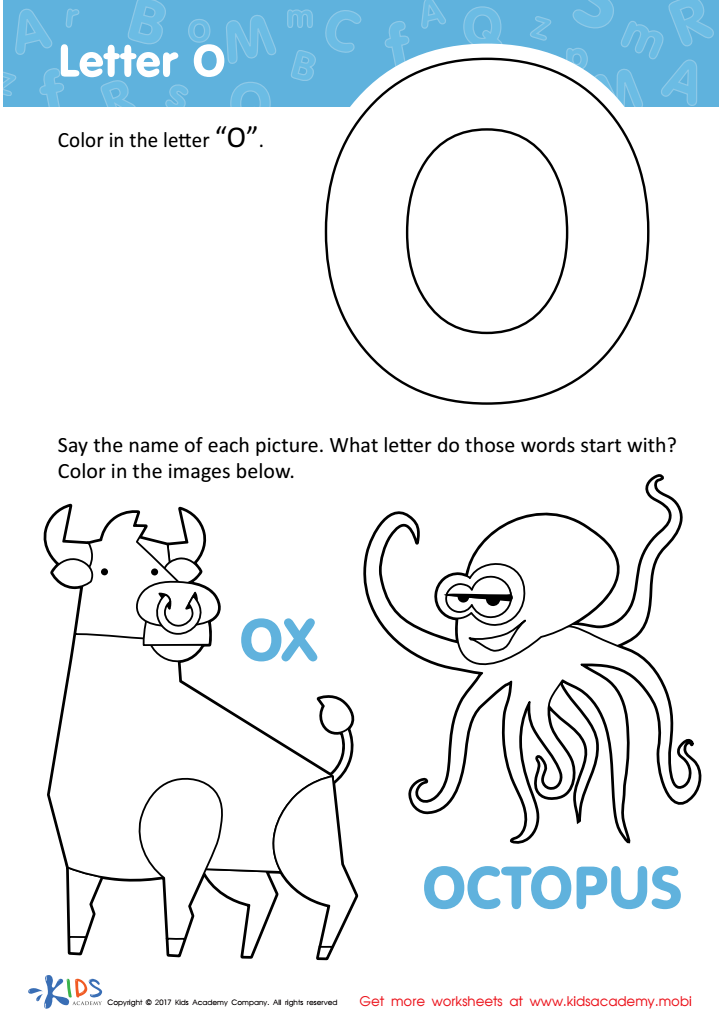

Letter O Coloring Sheet
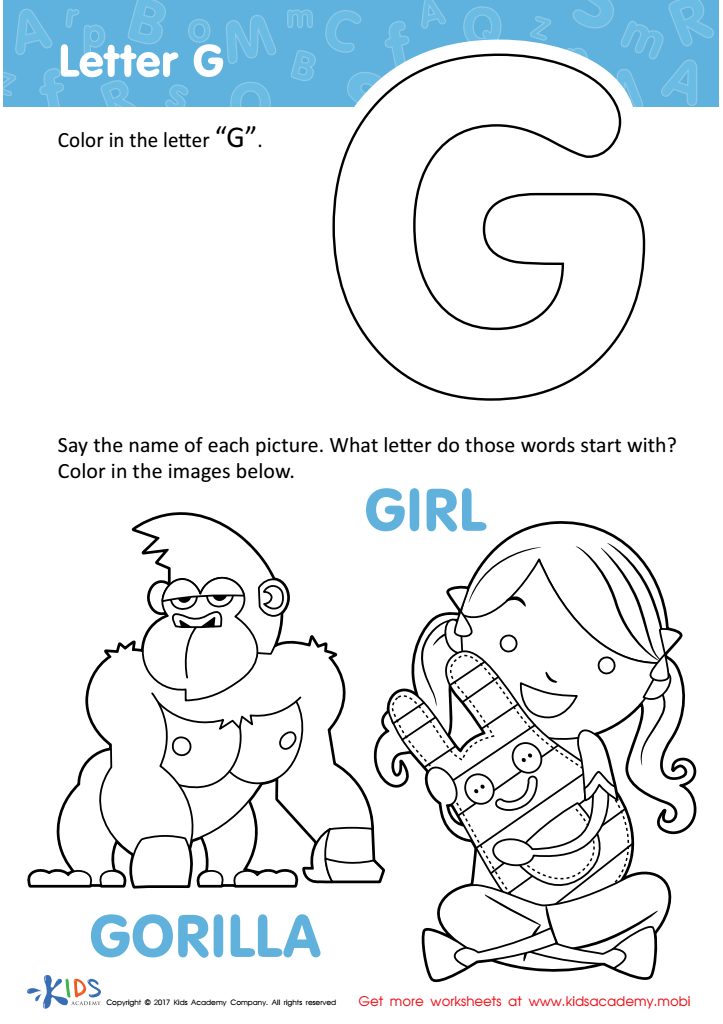

Letter G Coloring Sheet
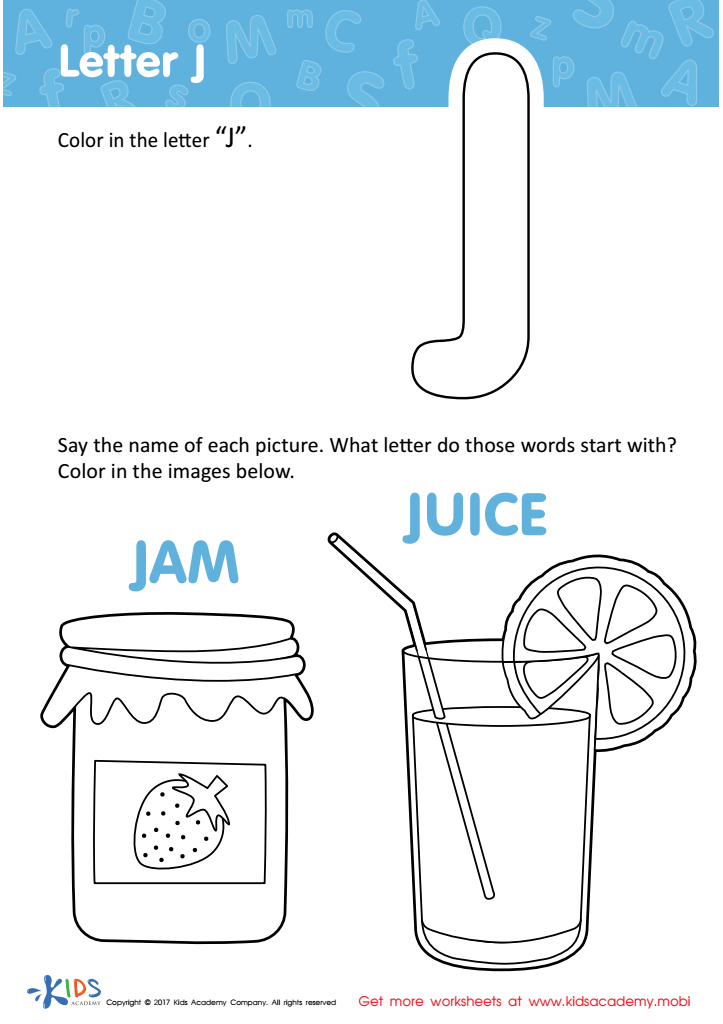

Letter J Coloring Sheet


Letter H Coloring Sheet
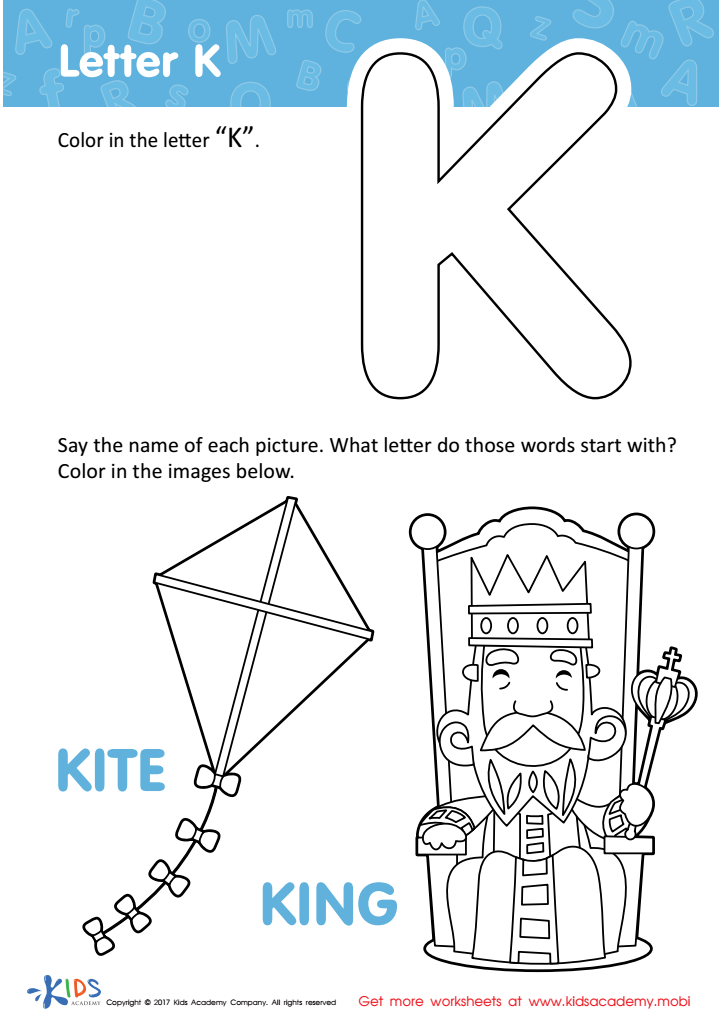

Letter K Coloring Sheet
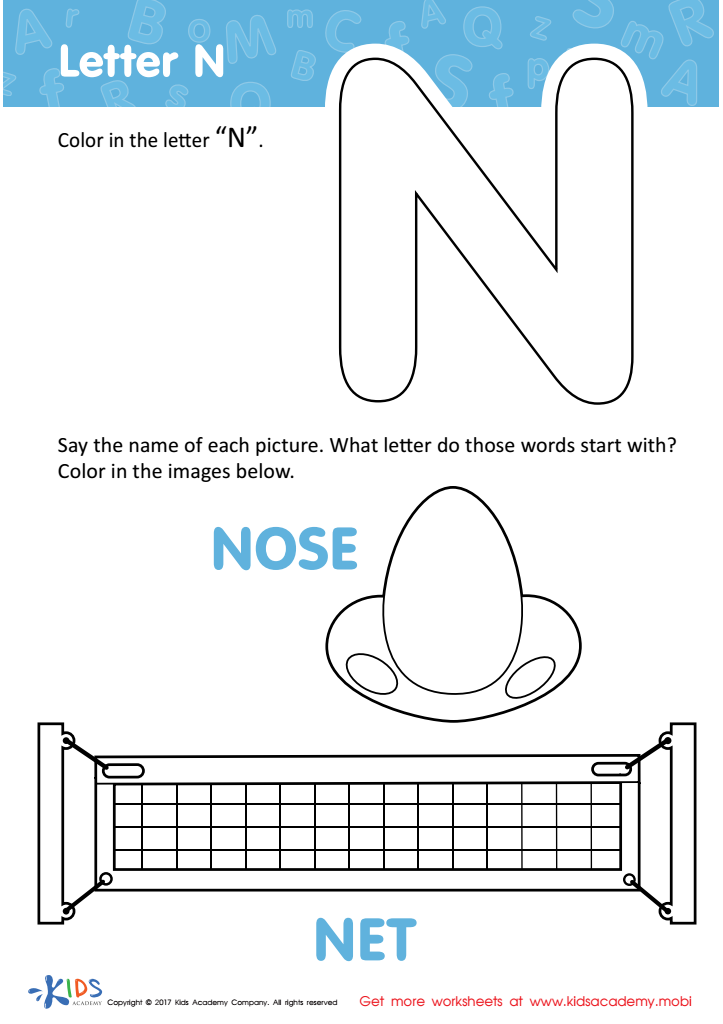

Letter N Coloring Sheet
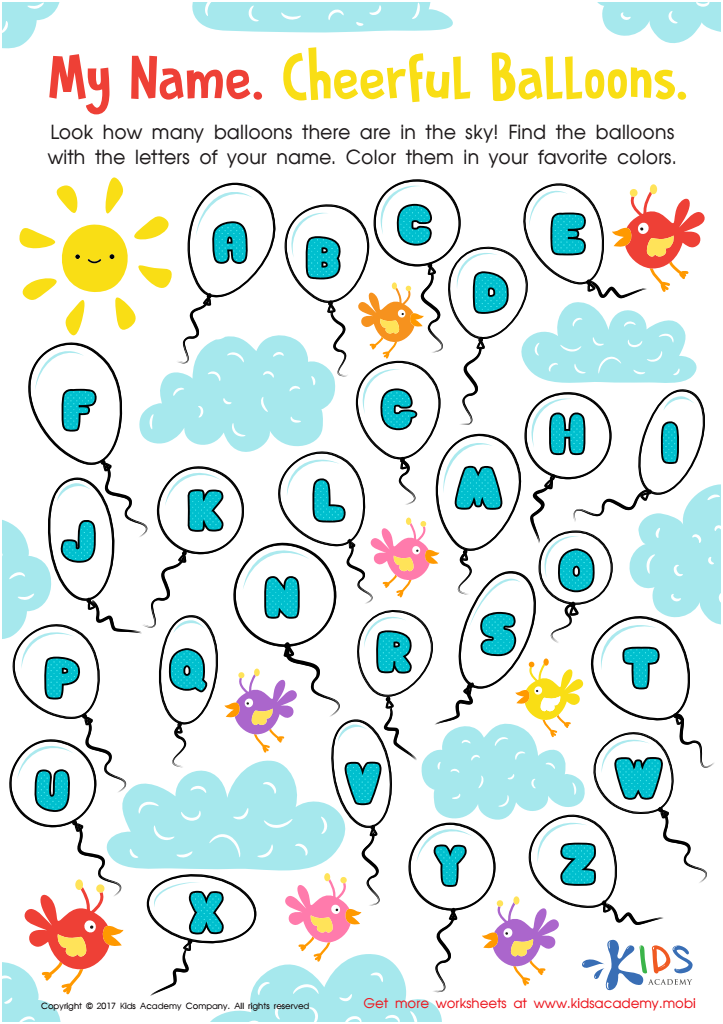

My Name: Cheerful Balloons Worksheet
Handwriting practice and engaging with Normal Alphabet Coloring Pages are essential for children aged 5-6, as these activities foster both fine motor skills and cognitive development. During this formative stage, children are at a critical juncture for developing the foundational skills needed for writing and communication. Using coloring pages helps improve hand-eye coordination, finger dexterity, and grip strength, which are vital for handwriting.
Moreover, these coloring pages often incorporate learning the letters of the alphabet in a fun and interactive way. They encourage children to associate letters with sounds, objects, and words—enhancing phonemic awareness, an essential precursor to reading. The repetition involved in tracing or coloring letters aids in memorization, making it easier for children to recognize and recall letters in their writing.
Moreover, these activities foster creativity and self-expression. They allow children to choose colors and designs, promoting individualism and artistic exploration. When parents or teachers participate in this practice, they can encourage discussions, enhancing vocabulary and language skills.
Overall, integrating Normal Alphabet Coloring Pages into learning serves a dual purpose: developing essential handwriting skills and ensuring a rich, engaging educational experience. It sets the groundwork for lifelong learning and effective communication as children mature.
 Assign to My Students
Assign to My Students












